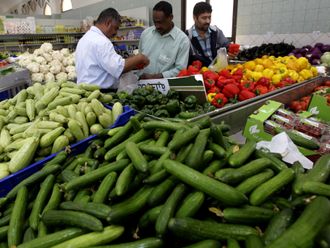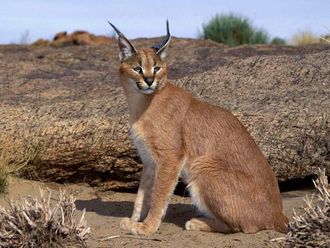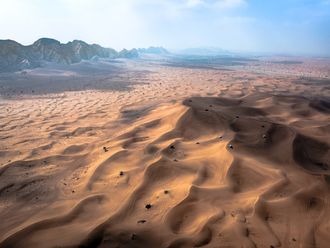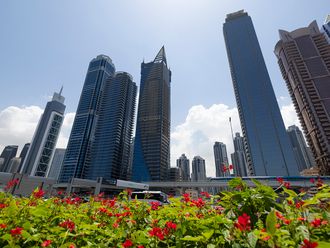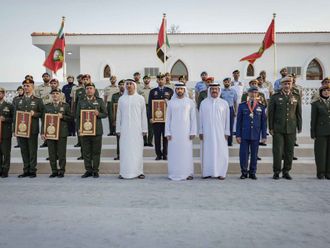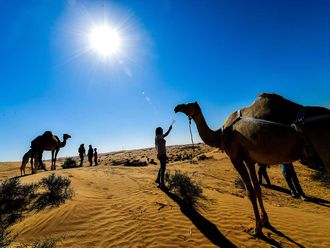
Sharjah: Conservation efforts in a protected coastal area in an eastern exclave of Sharjah has boosted the population of birds, fish, turtles and vegetation, according to environment officials.
The Al Qurm Wa Lehfaiah area in Khor Kalba, along the Gulf of Oman coast, has been closed to the public since 2012 to protect local wildlife.
Since then, efforts from the Environment and Protected Areas Authority in Sharjah (EPAA) have helped its fragile wetland ecosystem, which includes coastal dunes and a natural mangrove forest. The area is considered to be the only one of its kind in the Eastern Region.
including vegetation recovery, fish population recovery, increase in the number of invertebrates and the return of nesting turtles in 2014 and 2015.
Since the area was cordoned off, vegetation — previously damaged by off-road driving and camels grazing — has started to grow back.
The increase in plants has also given more shelter and food to local animals, such as a sand-dwelling species like the fringe-fingered lizard.
Fish stocks that had previously been heavily depleted from over-fishing have also bounced back, according to the EPAA.
An intensive survey using underwater video cameras found over 90 species of fish in the area.
More than 100 species of invertebrates, including 18 species of crab, have also been identified in the area.
Nesting turtles were seen to return to the area in 2014 and 2015. The number of kingfisher birds has also increased this year.
The protected area “is a valuable ecological resource”, said Hana Saif Al Suwaidi, EPAA’s chief.
“Conserving this habitat will not only benefit the ecosystem but also the coastal communities that live near these ecosystems.”


